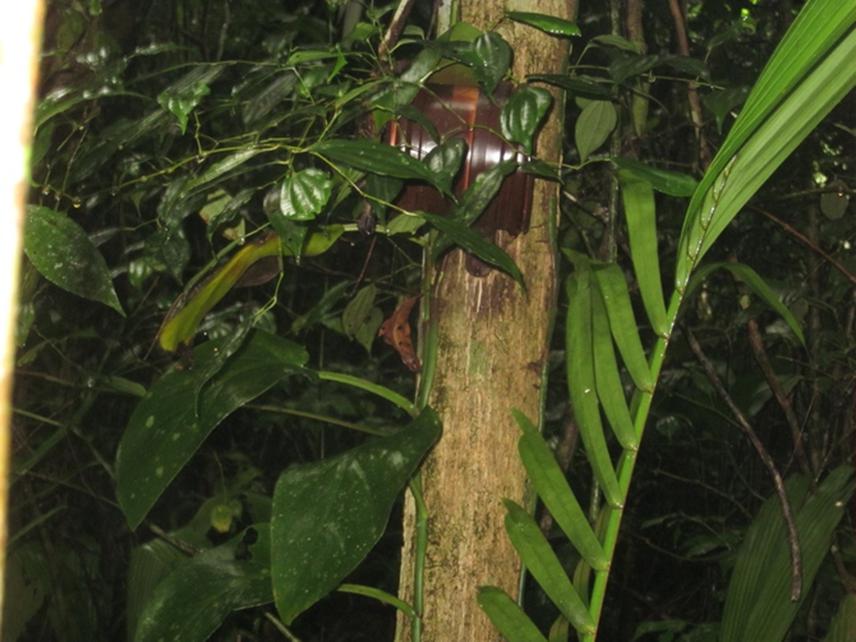Evelyn Piña Covarrubias
Other projects
12 Jun 2015
Acoustic Monitoring of Human Exploitation and Wildlife in Tropical Forests of the Yucatán Peninsula, Mexico
I will test the capability of AudioMoth acoustic loggers to locate hunting events in space and time. I will then test their capability to locate real hunting events on a test grid in the northernmost part of Tapir Mountain Nature Reserve (TMNR).
I will conduct a deployment of AudioMoths throughout TMNR to detect hunting, matching a near-optimal placement of devices (Piña-Covarrubias et al. 2019; Remote Sensing in Ecology and Conservation), that minimizes the number of devices required and maximizes their detection capability for the specific topography and vegetation structure of TMNR.
I will conduct a workshop in TMNR with members of the conservation communities of Belize, to inform on new opportunities in audio-monitoring for conservation, and to exchange ideas on potential local applications for TMNR and beyond.
I will analyse our acoustic dataset to draft a data management policy and an open-access guide for management of acoustic data.

One of our AudioMoth acoustic loggers, retrieved from the forest in 2021, after two years of deployment
Poaching of tropical wild meat is a cryptic perturbation, invisible beneath the forest canopy to satellite imagery and under-reported. Detecting cryptic threats is key to quantifying the extent and intensity of non-structural habitat degradation, and acoustic technology provides a novel tool to do it but has until now been prohibitively expensive.
I build on work that I started with my 1st Rufford Small Grant, which field-tested the prototype of AudioMoth, an open-source, low-cost, small-sized and low-energy smart acoustic detector.
Tapir Mountain Nature Reserve (TMNR), in Belize, is one of very few protected areas in the Maya Mountain northern foothills ecosystem. Reserve authorities lack resources for monitoring biodiversity threats, and TMNR consequently suffers year-round hunting.
I will conduct a deployment of 40 detectors in TMNR which, as predicted by a previously developed algorithm, will achieve a 90% success rate in detecting gunshots within TMNR. It will provide the first database of hunting occurrences in this reserve. It will moreover provide conservation science with the first objective estimates of hunting rates from tropical forest, which has not been possible so far for any large tracts, due to the great expense of conventional acoustic detectors.
I will test gunshot localisations in a test grid in the northernmost part of TMNR, using AudioMoths equipped with a GPS receiver. Success will signify that they can function to determine location-dependent hunting rates and hunting hotspots within TMNR and will establish principles for measuring rates generally in underfunded reserves and communal forests.
I will run a workshop in TMNR on the use of AudioMoths to share knowledge on this technology with members of the conservation community of Belize.
The principal outcomes of this project will be to produce one of the first maps of illegal hunting in TMNR, using AudioMoth acoustic detectors, and to deliver a legacy of capacity-building in conservation technology to local conservation communities.
Header: Evidence of an illegal hunting encampment in Tapir Mountain Nature Reserve.